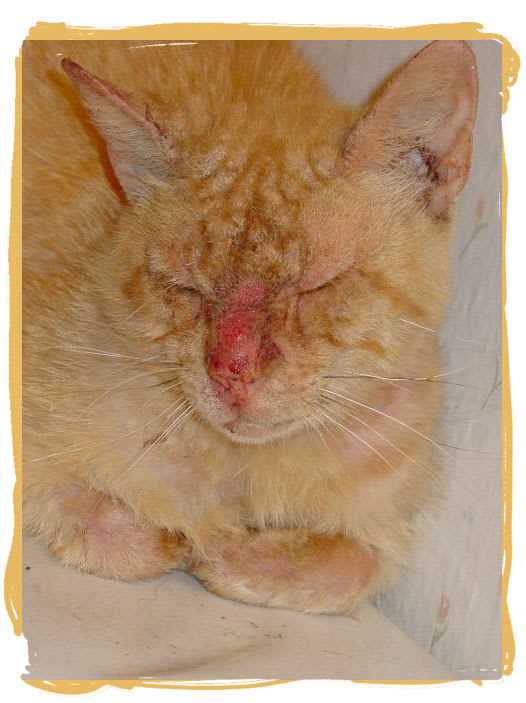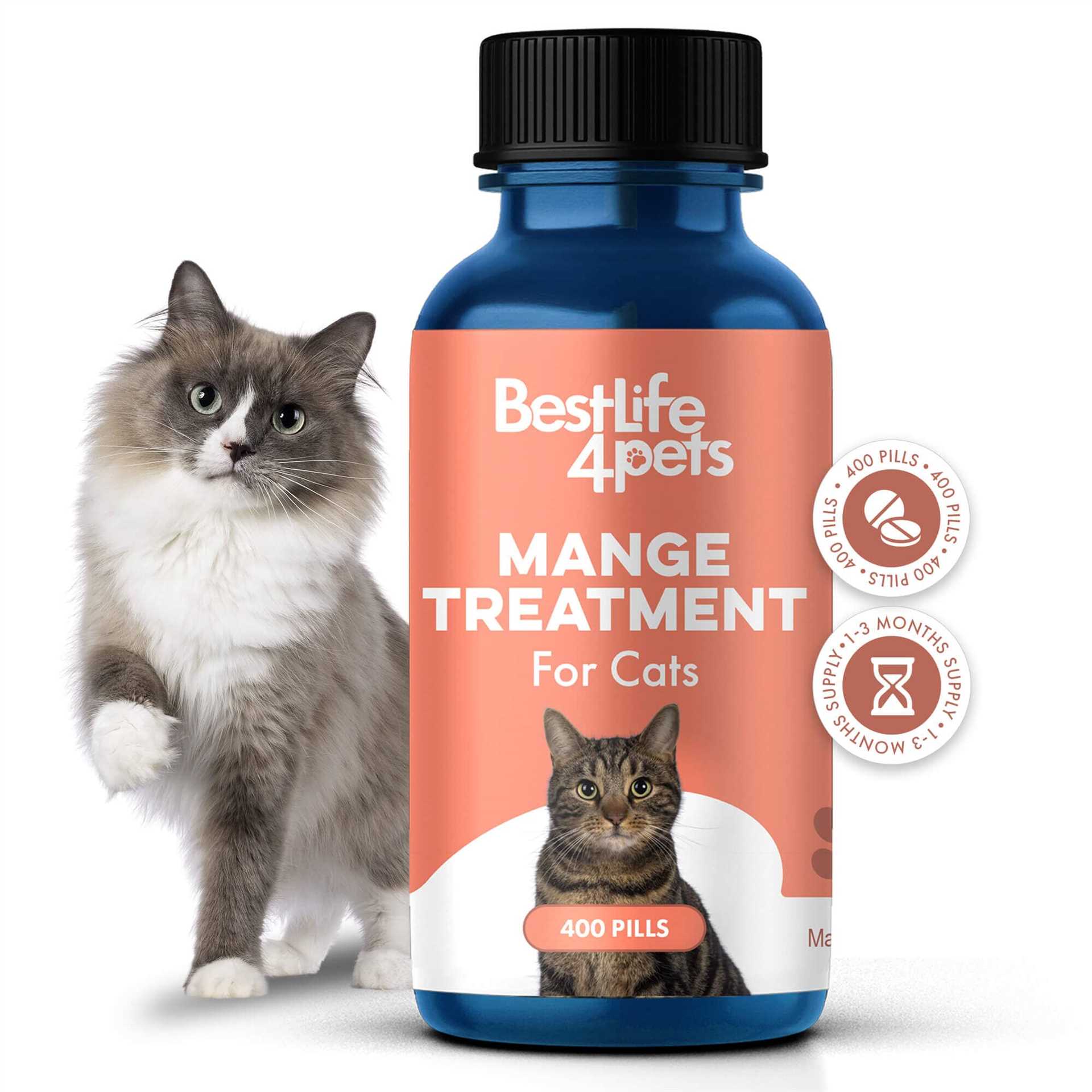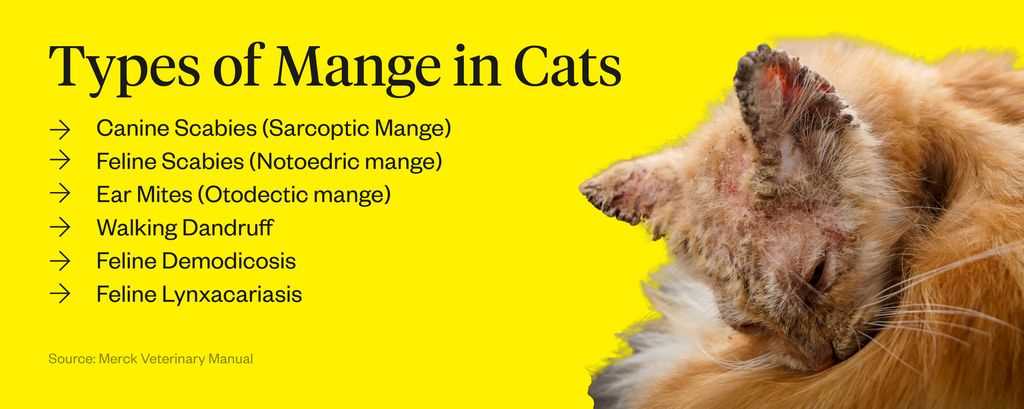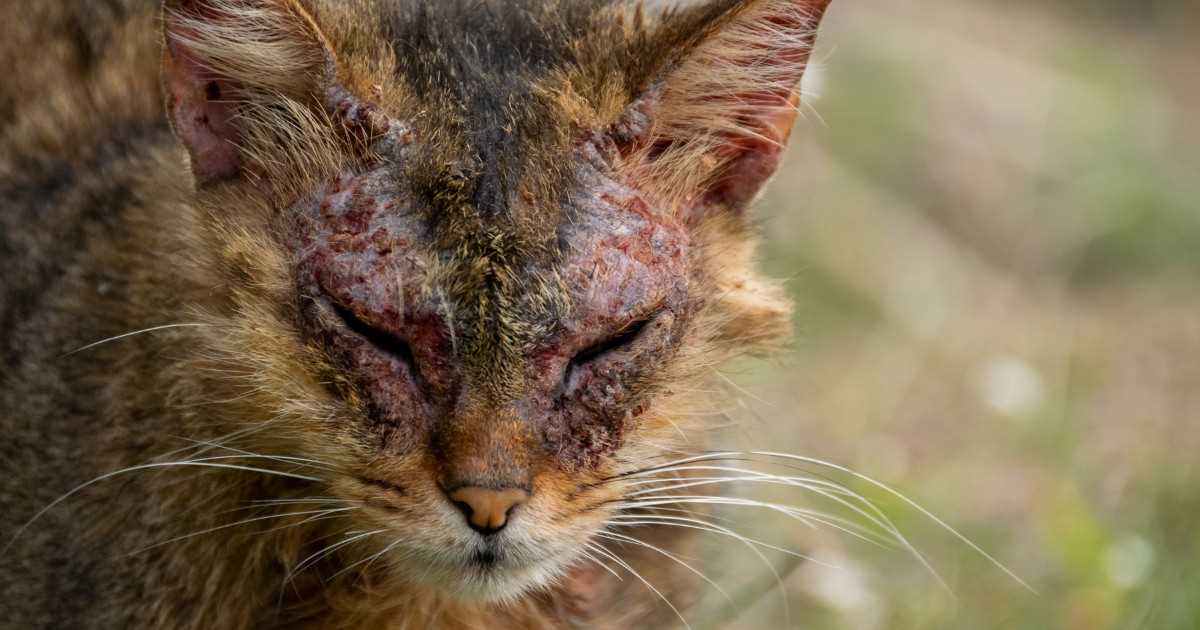For immediate relief, the use of medicated shampoos containing sulfur or lime sulfur can significantly alleviate irritation. Bathing should occur weekly until the condition improves. These products are designed to eliminate harmful parasites while soothing the skin.
Incorporating topical treatments such as selamectin or moxidectin can also provide effective management. Administering these medications according to veterinary guidance ensures a targeted approach, addressing the underlying issue efficiently.
Regular vacuuming and washing of bedding play a crucial role in preventing reinfestation. Keeping the living environment clean minimizes exposure to lingering irritants, promoting a healthier space for recovery.
Always consult with a veterinarian before initiating any treatment plan for the best possible outcomes tailored to individual needs. A professional assessment guarantees that the right steps are taken to restore comfort and well-being.
Identifying Symptoms of Mange in Cats
Red, inflamed patches on the skin signal a potential issue. Pay attention to excessive scratching or biting at certain areas, as this behavior often indicates discomfort. Observing hair loss, particularly around the ears, tail, or face, can further confirm suspicions.
Behavioral Changes
Changes in mood or activity levels may arise. A normally playful feline might become withdrawn or irritable. Look for signs of restlessness or difficulty settling down, as this can be linked to skin irritation.
Skin Condition

Rough, scaly areas and crusty lesions might appear on the skin. An unpleasant odor emanating from these spots can also indicate a problem. If any unusual discharge is noticed, seeking assistance is advisable.
Choosing the Right Treatment Options for Mange
Seek veterinary assistance for an accurate diagnosis and appropriate medications. Prescription options may include topical treatments like selamectin or ivermectin, which effectively target specific parasites. Oral medications can also be provided for severe cases. Always follow the vet’s instructions regarding dosage and duration.
Consider environmental factors as well. Treat living spaces with appropriate insecticides and wash bedding regularly to eliminate any remaining mites. Consulting with a professional about safe cleaning products is advised to ensure a non-toxic environment.
Monitor progress closely. Regular check-ups allow for adjustments in treatment if necessary. Keep an eye on any changes in behavior or skin condition, and report these to the veterinarian promptly.
For supportive care, a balanced diet rich in nutrients can aid in recovery. Supplements such as omega fatty acids may improve skin health and boost the immune system. Always discuss any dietary changes with a veterinarian.
Administering Medications and Topical Treatments
Oral medications are often prescribed for managing skin infestations. These can include antiparasitic drugs like ivermectin or milbemycin oxime. It’s vital to follow the veterinarian’s dosage instructions closely. Using a pill pocket or mixing the medicine with a favorite treat can facilitate easier consumption. If a liquid form is provided, a syringe without a needle may help in administering the correct dose directly into the mouth.
Topical Applications
Topical solutions, such as medicated shampoos or creams, are effective for localized areas. These products typically contain ingredients like permethrin or fipronil and should be applied as directed. Thoroughly cover the affected areas, ensuring the solution reaches the skin. Allow ample time for the treatment to dry before letting the furry friend roam free to avoid ingestion or contamination of furniture.
Follow-Up Care
Regular follow-up visits are crucial to monitor recovery progress. Your veterinarian may recommend additional treatments or adjustments based on the response. Maintaining a clean environment is equally important; frequent washing of bedding and toys will help eliminate any lingering parasites, aiding in faster recovery.
Implementing Home Care and Hygiene Practices

Regular bathing with medicated shampoo is effective in managing skin conditions. Use lukewarm water and ensure thorough rinsing to avoid residue. Limit baths to once a week to prevent skin irritation.
Maintaining a Clean Environment
Sanitize living spaces frequently. Focus on:
- Vacuuming carpets and upholstery to remove loose fur and skin flakes.
- Washing bedding and toys in hot water to eliminate potential parasites.
- Disinfecting surfaces with pet-safe cleaners to reduce the risk of reinfestation.
Diet and Nutrition
Provide a balanced diet rich in omega fatty acids to support skin health. Consider supplements specifically formulated for skin conditions. Consult a veterinarian for tailored dietary advice.
Regular grooming helps identify skin issues early. Brush fur daily to remove dead hair and debris, promoting better skin condition. Use gentle brushes to avoid further irritation.
Monitoring Recovery and Preventing Recurrence
Regular check-ups with the veterinarian are crucial during recovery. This helps ensure the condition is improving and that the chosen methods are effective. It’s important to observe for any signs of irritation or re-infection, as these can indicate that treatment needs adjustment.
Daily Observations
Keeping an eye on behaviors, such as scratching or grooming, is essential. A decrease in these activities usually signifies improvement. If any new symptoms arise, such as hair loss or skin lesions, it is advisable to consult a vet immediately.
Hygiene and Environment

Maintaining a clean living space prevents any potential re-infestation. Regularly wash bedding, toys, and any fabric the feline interacts with. Additionally, vacuuming often eliminates lingering eggs or mites in the home. Investing in a best budget digital action camera can help capture your pet’s activities and monitor any changes in behavior over time.
Lastly, consider supplementing the diet with immune-boosting nutrients to support overall health. This can strengthen resistance against future outbreaks. Keeping a consistent routine with treatments and health checks ensures a happier, healthier life.
Consulting a Veterinarian for Professional Guidance

Seek veterinary advice immediately if symptoms of skin issues arise. A veterinarian can diagnose the condition accurately and recommend a tailored treatment plan. This professional insight is key to ensuring the well-being of the furry friend.
In addition to diagnosis, veterinarians possess the expertise to identify any underlying health concerns contributing to the skin problem. This holistic approach is vital for effective management and recovery.
During the consultation, be prepared to discuss all observed symptoms and any home care measures already implemented. This information aids the vet in tailoring a more effective treatment strategy.
Regular follow-ups may be necessary to monitor progress and adjust treatments as required. The veterinarian can also provide guidance on nutrition, which plays a significant role in recovery. For instance, considering the best pet food for older cats ensures proper nourishment, supporting overall health during this challenging time.
In summary, a veterinarian’s expertise is invaluable. Their guidance will facilitate a structured approach to treatment and recovery, ensuring the best outcome for your beloved companion.






